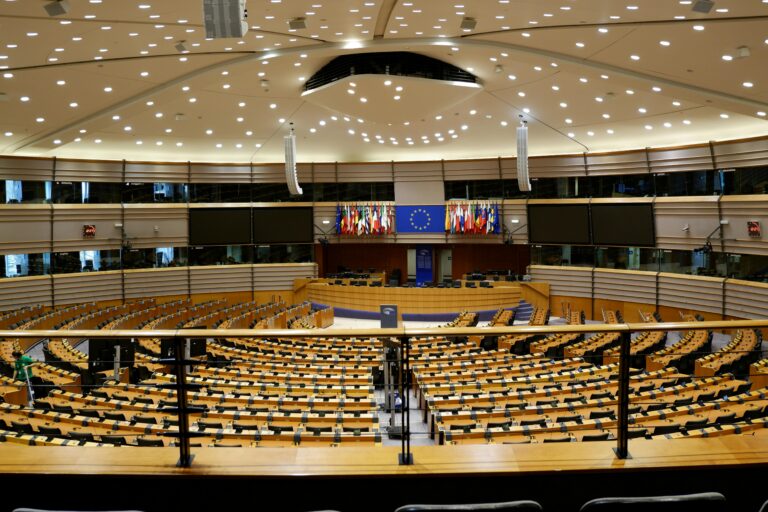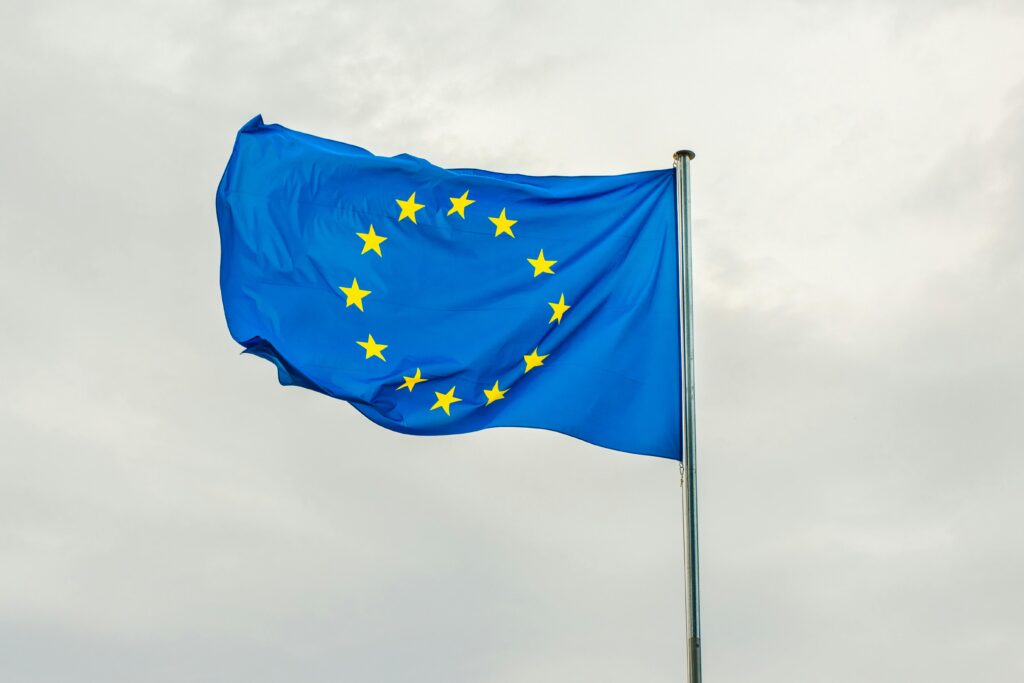
European Parliament – Picture credits @JonasHorsch
European Elections ad content
The European Parliament is one of the seven institutions of the European Union (together with the European Central Bank, the European Council, the Council of the European Union, the European Commission, the Court of Justice of the European Union, and the European Court of Auditors).
It is based in Brussels, Belgium, and is of major importance for EU citizens since it aims to debate legislation by passing or rejecting laws, and even make amendments.
The Members of the European Parliament (MEP’s) are elected every 5 years based on the preferences of approximately 370 million voters. The European Elections are indeed one of the largest and more complex democratic processes in the world – in terms of absolute numbers it is only surpassed by India.
The first election took place in 1979 when the European Union was formed by only 9 countries (called the European Economic Community back then), comprising a total of 405 seats in the Parliament – this number is divided per each country proportionally according to its population. As the EU kept expanding, this number was organically increased over time and will be set to 720 in the June 2024 elections.
On a national level, the candidates dispute the number of seats allocated to their country. Details like the minimum age to vote, the voting system and even the voting date can slightly change based on national laws – more information here.
As a matter of curiosity, the country with the most seats is Germany (96) while Malta, Cyprus and Luxembourg have the least (6).
Each country’s political party is generally associated to one of the European Political Groups according to their political affinities, or may opt to stay as “Non-Inscrits”.
There are currently 7 groups in the European Parliament – EPP (centre-right), S&D (centre-left), Renew (centre), Greens/EFA (centre-left to left wing), ECR (centre-right to far-right), ID (right wing to far-right), and The Left (left wing to far-left).
The number of political groups is not fixed as new ones can be formed with a minimum number of 23 MEP’s representing at least 25% of European member states.

This European Election comes at a particular moment of turmoil within the EU – not only due to the fact that this is the first one taking place after Brexit, but also due to different threats including the growth of far-right movements, inflation and the migratory crisis.
When it comes to defence, differences voices are being raised within the EU for and against the financial and military aid in Ukraine, and more recently regarding the supported positions in the Israeli-Palestinian War.
How will the EU withstand all of this pressure? Let us know what you think!
If you enjoyed our content and would like to support us:
European Elections ad content
can you now better understand how the european elections work? We'd love to hear from you
Contact Us
Got any suggestion, recommendation or idea that you would like to share with us? Feel free!